We’re in a reminiscing mood and on a recent podcast, we brought up the Galaxy Nexus for some odd reason. While speaking about the phone, I mentioned it would be a top 10 Android phone of all time, which then lead me to think what other phones might be on such a list. We’ve decided to answer that question with the following…
10 Most Important Android Phones of All Time
Below you’ll find a list of 10 devices, ranked in the order of importance. By important, we mean what the devices meant to the overall Android ecosystem at the time of their release. Clearly, some phones have been more important than others, not just for Android as a whole, but for the manufacturer as well. We have detailed reasonings and arguments for each phone’s ranking below, but we’d love to hear if you have differing opinions. Did we miss a more important device entirely?
Let’s do this!
Photo taken by Akela NDE
10. HTC Dream aka G1
Where would we all be without the HTC Dream aka G1 smartphone? Personally, I never used the phone, but I do recognize the phone’s importance for being the first publicly available Android device. I remember seeing someone use the device back in the day and I was asking about it. It looked futuristic at the time and I think what intrigued me most was that it wasn’t an iPhone. Looking back, I’m sure the software was rather limited and the camera probably didn’t produce the best photos, but hey, the G1 will go down the in history books as a very important Android device.
9. LG G2 (2013)
In our eyes, the G2 established LG as an Android phonemaker to be excited about. This was one year before LG gave us the world’s first QHD display in the G3, but still, this excerpt from Kellen’s G2 review paints the G2 picture that we’ll all remember. As he said back in 2013, “The screen is as good as it gets, the processor is the most powerful on the planet, and the camera includes the next movement in mobile photography. When you think about the ultimate specs list, LG checked all the boxes with the G2.”
The G2 built a loyal following for LG, one that ultimately didn’t survive several missteps from the company, but LG can look back on both the G2 and G3 and be quite proud of what was accomplished. And seriously, we miss that rear-facing volume rocker and power button all of the time. So unique and so good!
8. Galaxy S6 (2015)
It’s with the Galaxy S6 that we mark as the pivotal release for essentially all of the modern Android hardware we have today. It’s the Galaxy S6 that showed us the glass-filled future we live in today, and honestly, it was a really good smartphone for the time.
Coming from the Galaxy S5, arguably one of the worst phones Samsung has ever released, the Galaxy S6 was a night and day difference, with a premium look and feel that you just didn’t see from hardly any other manufacturer. Samsung continues this trend with its latest devices, and as we all now know, basically all Android device makers want to copy what Samsung has done. That tends to happen when you sell millions more units than your competitors, so really it’s a compliment to what Samsung has accomplished.
7. HTC One M7 (2013)
The One (M7) marked the pinnacle for HTC. Many in the tech community felt that it was the best looking Android phone ever created, and while no one is obligated to feel the same way, the phone did offer more than good looks. It gave us incredibly good speakers that set the tone for all of its competitors, plus HTC was still going in a good direction with its Sense UI.
Sadly, the One (M7) can also be marked as the beginning of the end for HTC. While the sequel M8 was also a fine phone, HTC never did quite hit a home run again like they did with the M7. In fact, things got really low in 2018.
Long live BoomSound.
6. Pixel 2 XL (2017)
Ah, the 🐧 (or 🐼) phone. We debated shortly as to whether put the Pixel One or Pixel 2 XL in this position, ultimately deciding that the Pixel 2 XL will likely go down as the most popular of all the Pixel smartphones. There was something about it, a nearly perfect smartphone (review here).
At launch, the Pixel 2 XL brought its own set of drama, but that’s par for the course when it comes to Google hardware. At the end of the day, the results spoke for themselves. Pixel 2 XL solidified Google’s position as a good phone maker and a leader in mobile photography. Google Pixel releases remain one of the most anticipated launches year after year.
5. Galaxy Nexus (2011)
Thanks to a decent hype campaign, we can’t recall a Nexus device being more anticipated than the Galaxy Nexus. It came at a time when the entire world, not just the tech industry, was rocked by the death of Steve Jobs. The actual Galaxy Nexus launch event was pushed back in respect for his passing, so when we think Galaxy Nexus, we can’t help but think of Jobs.
The phone itself was not that great in several categories, but if we had to point to one main issue, it was the battery. In fact, it was so bad that Google ended up removing LTE connectivity for its followup device, the Nexus 4. However, the phone did introduce the world to Google Now, which has been replaced on Pixel phones today by the news-heavy Discover. And no one can deny that the Phase Beam live wallpaper isn’t an absolute icon.
4. HTC DROID Incredible (2010)
While many had the original Motorola DROID as their first Android phone, others had the DROID Incredible from HTC. I recall there being battles between the factions as to which phone was better, but looking back, there was no wrong answer. Both phones are great and got most of into this crazy world.
For HTC, whose history dates back to the very start of Android, the DROID Incredible is an incredibly important device. It birthed a long list of follow-up devices, eventually leading us to the release of the HTC One (M7) in 2013. Most importantly, though, it got many people into the world of Android and that’s what makes it incredibly special in the eyes of many.
3. Galaxy Note 2 (2012, Tie)
The original version of this list did not include the Galaxy Note 2 (review here). When compiling the list, both Kellen and I completely forgot about the Galaxy Note line, mainly because Samsung appears to have abandoned it, at least for the time being. You can definitely slap us on the wrist for not including this device originally.
So, why has it been added if it was overlooked in the first place? Well, as one argument pointed out, it could be the Galaxy Note that we have to thank for the current landscape of devices. You see, before the Galaxy Note, there weren’t many oversized phones on the market. Once Samsung started selling a ton of these, we saw phones get bigger and bigger as years went on, so if anything, it’s an important device merely because it seems to have begun the trend of OEMs making bigger phones.
And why the Note 2 and not the original Note? Because Galaxy Note 2 was a great phone. The camera was great, the battery life was awesome, gaming was smooth, and that 5.5-inch AMOLED display was clean AF. It was a good phone, and at least for me, began a long lasting love for the Galaxy Note line.
3. OnePlus One (2014)
OnePlus One (review) was released at a time when we began to see smartphone prices going up and up. It was launched as a “flagship killer,” offering specs and a software experience that could rival anything on the market, but kept an incredibly affordable price of just $299. At the time, that seemed insane. OnePlus also introduced sandstone backsides with this phone and we can’t tell you how much that texture is missed in our pocket.
These days, OnePlus sells its smartphones with the same pricing scheme as Apple and Samsung (aka super f’ing expensive). It was bound to happen and it’s pretty clear that the company has completely lost its underdog sense of competition which made it so special years back. Looking back, the OnePlus One will be a constant reminder that it is possible to deliver an exceptional device at a price that can undercut everybody and capture a buying public’s imagination and sense of wonder. Shoutout to Cyanogen, too!
2. Moto X (2013)
The only phone to ever win a back-to-back POTY (phone of the year) award, the Moto X first arrived in 2013. It had some great competition that year, too. There was the HTC One (M7), Nexus 5, as well as the Galaxy S4 (Google Play Edition). Still, the phone’s hardware customization options were too special to overlook and the software features that Motorola introduced were game changing. Active Display, anybody?
I’d like to share Kellen’s reasoning for why this phone ranked so highly for us in 2013. It’s a fun throwback, but also depresses me now knowing the fate of Motorola as a whole.
The Moto X tops this list for many reasons, but there are two in particular that make it stand out to me: choice and Active Display. With the Moto X, you have a choice in how it looks, how much storage it has, which carrier it works on, and if it’s a developer edition. You can’t say that for any other phone on the planet. The Moto X that sits on my desk today has a one-of-a-kind Bamboo back and works on Verizon because that’s the carrier I wanted it on. But I could have gone green with yellow accents, chosen T-Mobile, and unlocked the bootloader to tinker to my heart’s desire. No matter what, the customization of phones is a ground-breaking idea that Motorola brought to life. I just hope they have seen enough success with it to keep it going.
It’s unlikely we’ll ever see an Android phone as awesome as the Moto X again.
1. RED Hydrogen One (2018)
Haha, just kidding! We like to have fun around here.
1. Motorola DROID (2009)
We promise we’re not trying to play favorites, but the Motorola DROID takes the cake as the most important Android phone of all time. Obviously, this phone inspired the creation of this very site, but beyond that, it inspired thousands upon thousands of people to learn more about Android and to get into tech as a hobby or career.
The phone’s history is well documented and that’s because it’s known how important it has been to this industry. The phone brought Android to the masses and saved Motorola’s phone business. It’s pretty incredible.
For the Android enthusiasts here, it’s easy to point to the amazing community of developers and tinkerers we had back in those days which led to so many wonderful experiences with this phone. Every day there was a new custom ROM or theme to flash, allowing the phone to effortlessly evolve and shape into whatever the user imagined. It was special times, people. It was the true iPhone Killer in our eyes.
What do you think? Did we miss one? Are we blinded by our OG DROID love that we missed the true #1? Feel free to argue with us down in the comments.

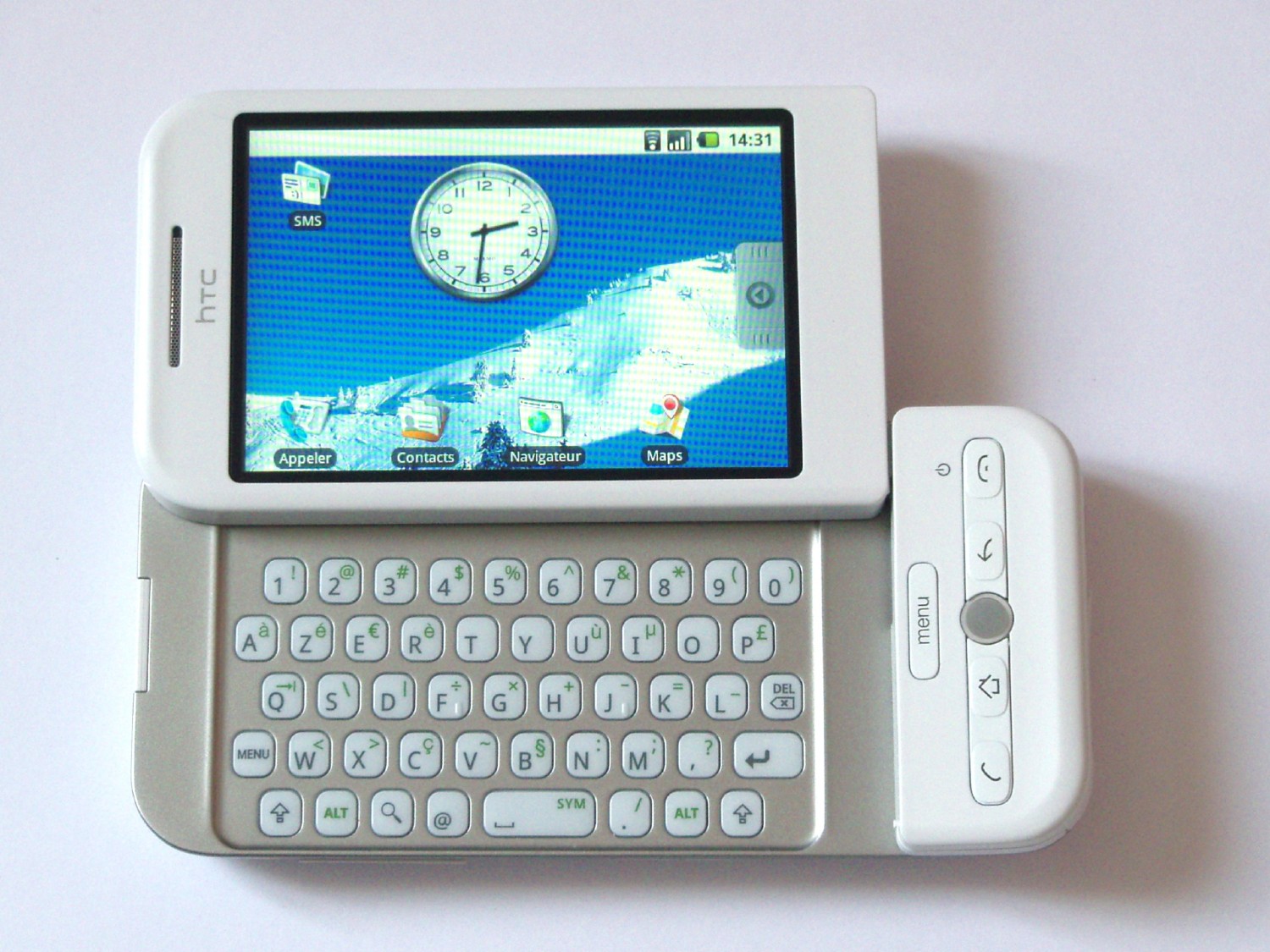
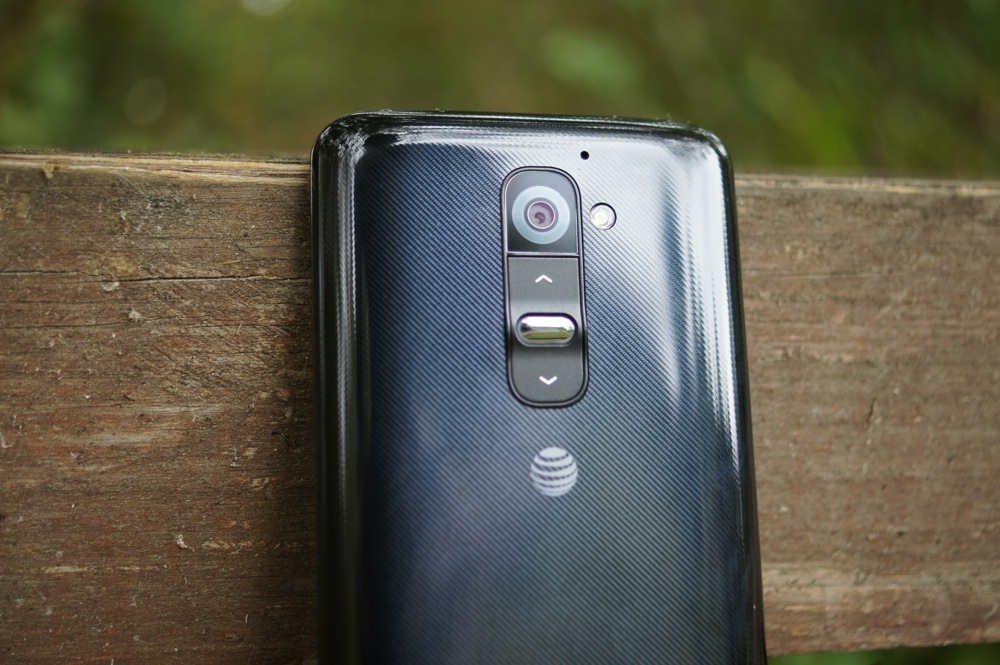
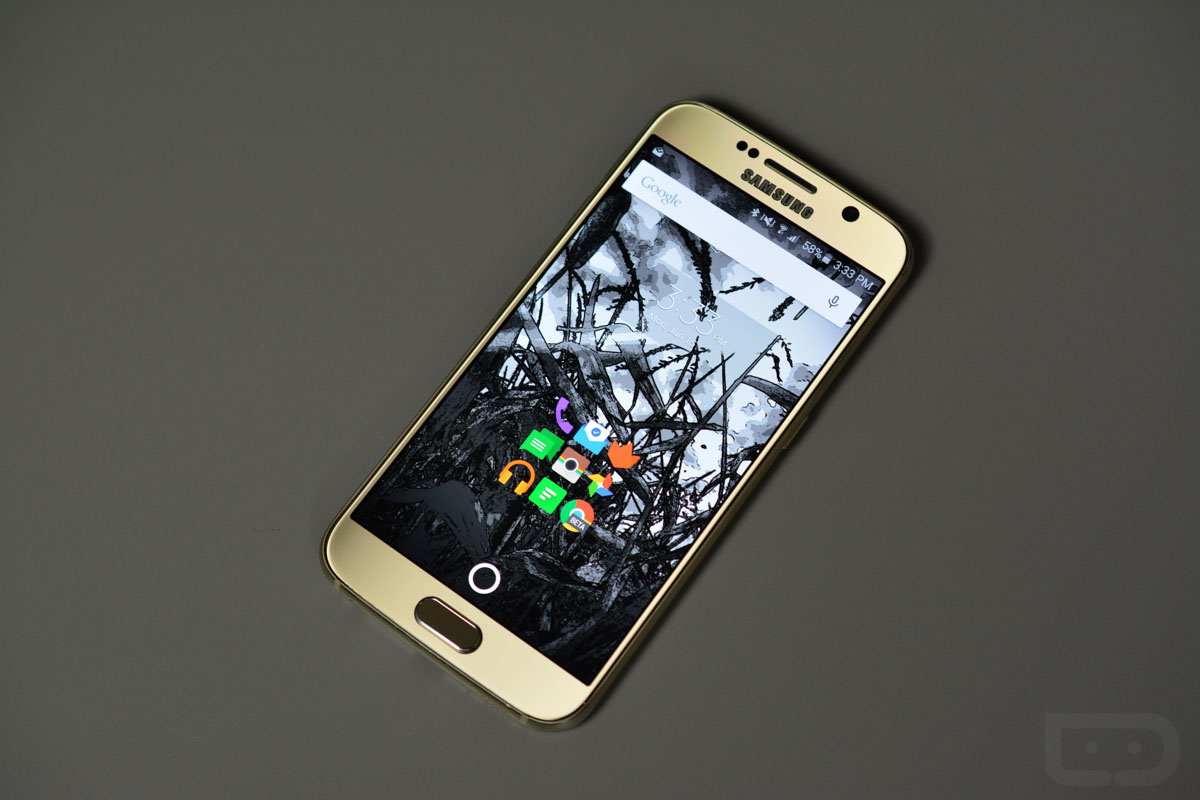

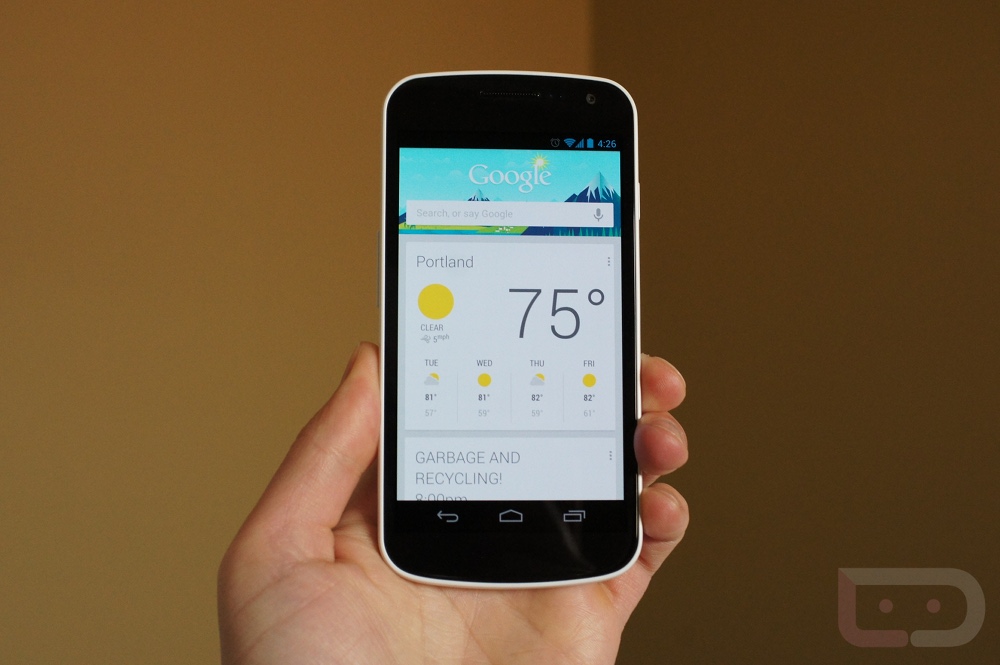
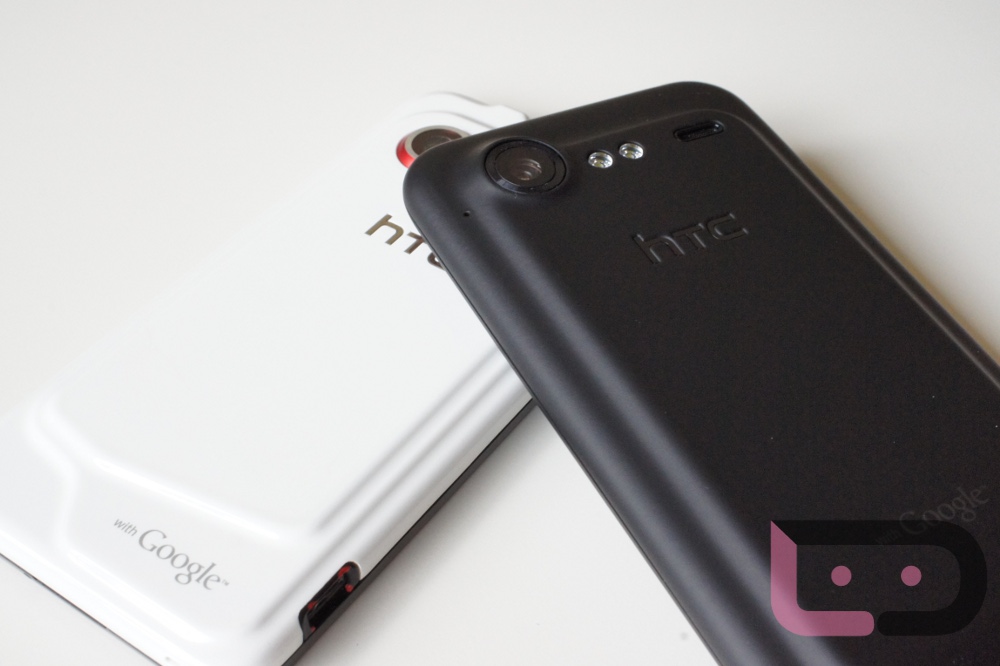
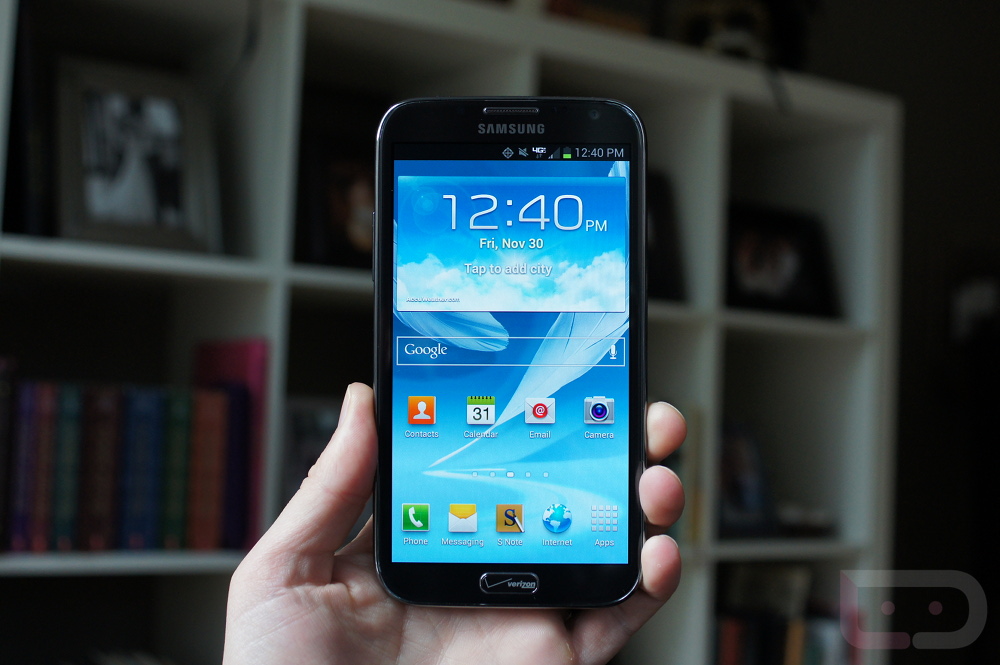
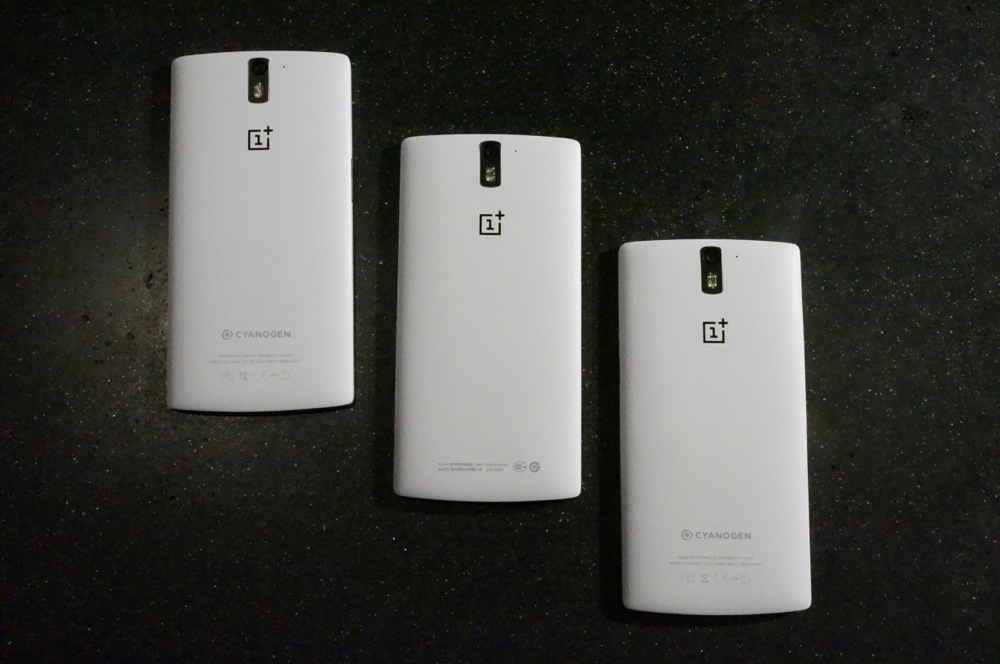
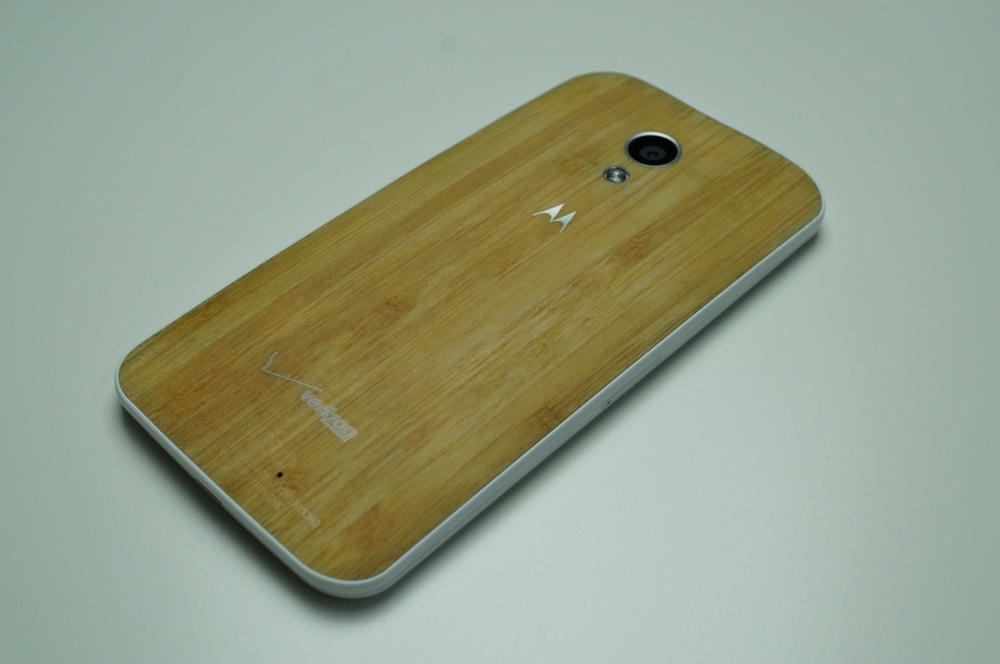
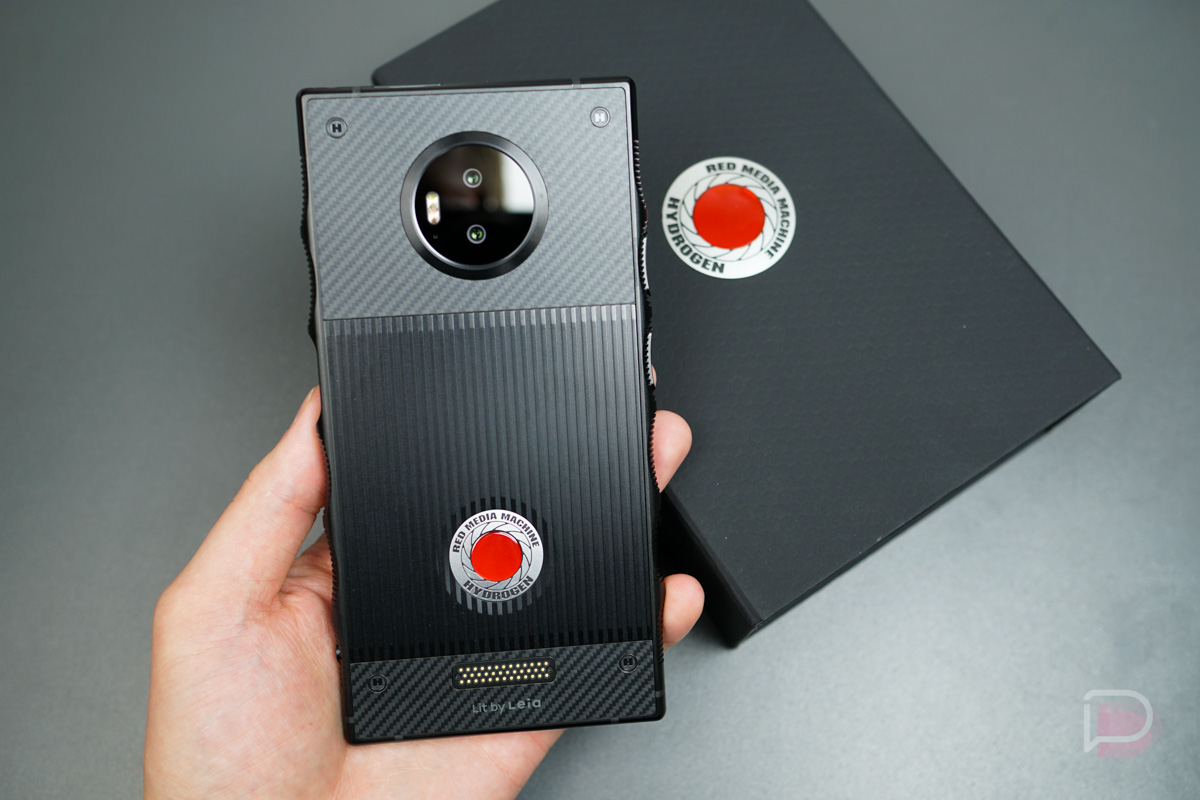
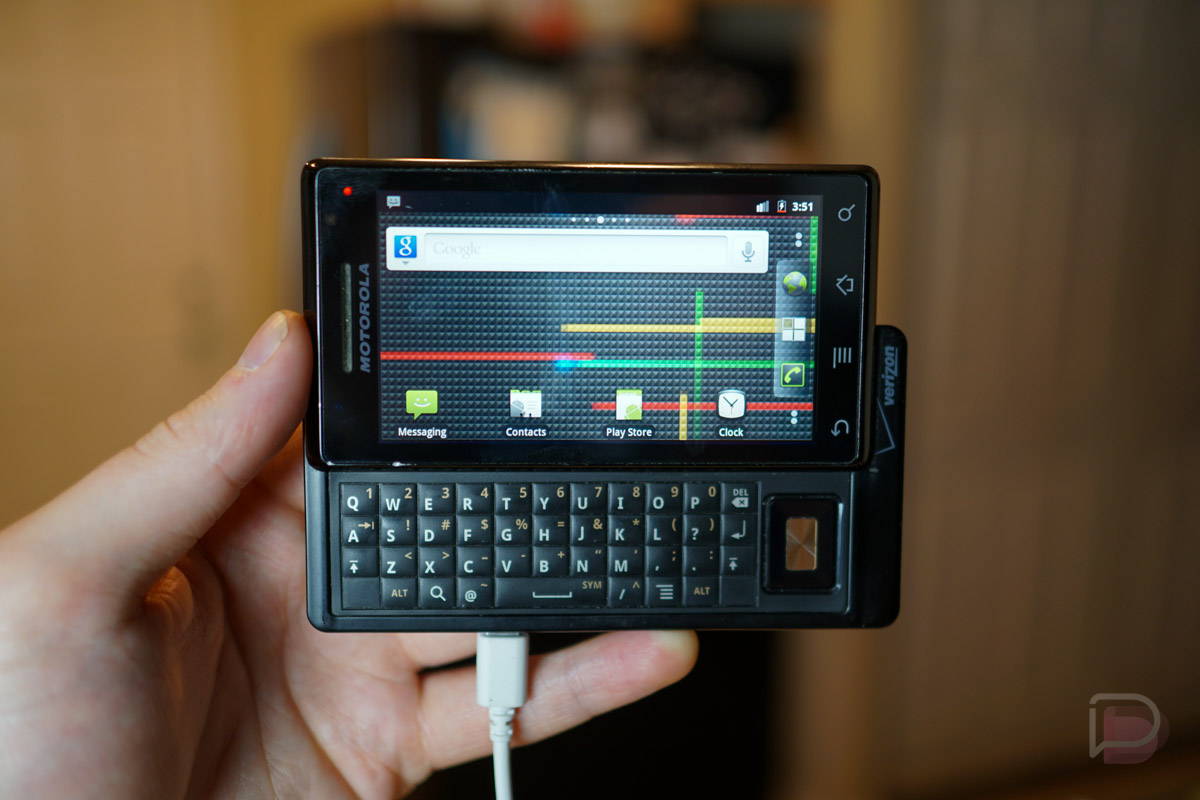
Collapse Show Comments142 Comments